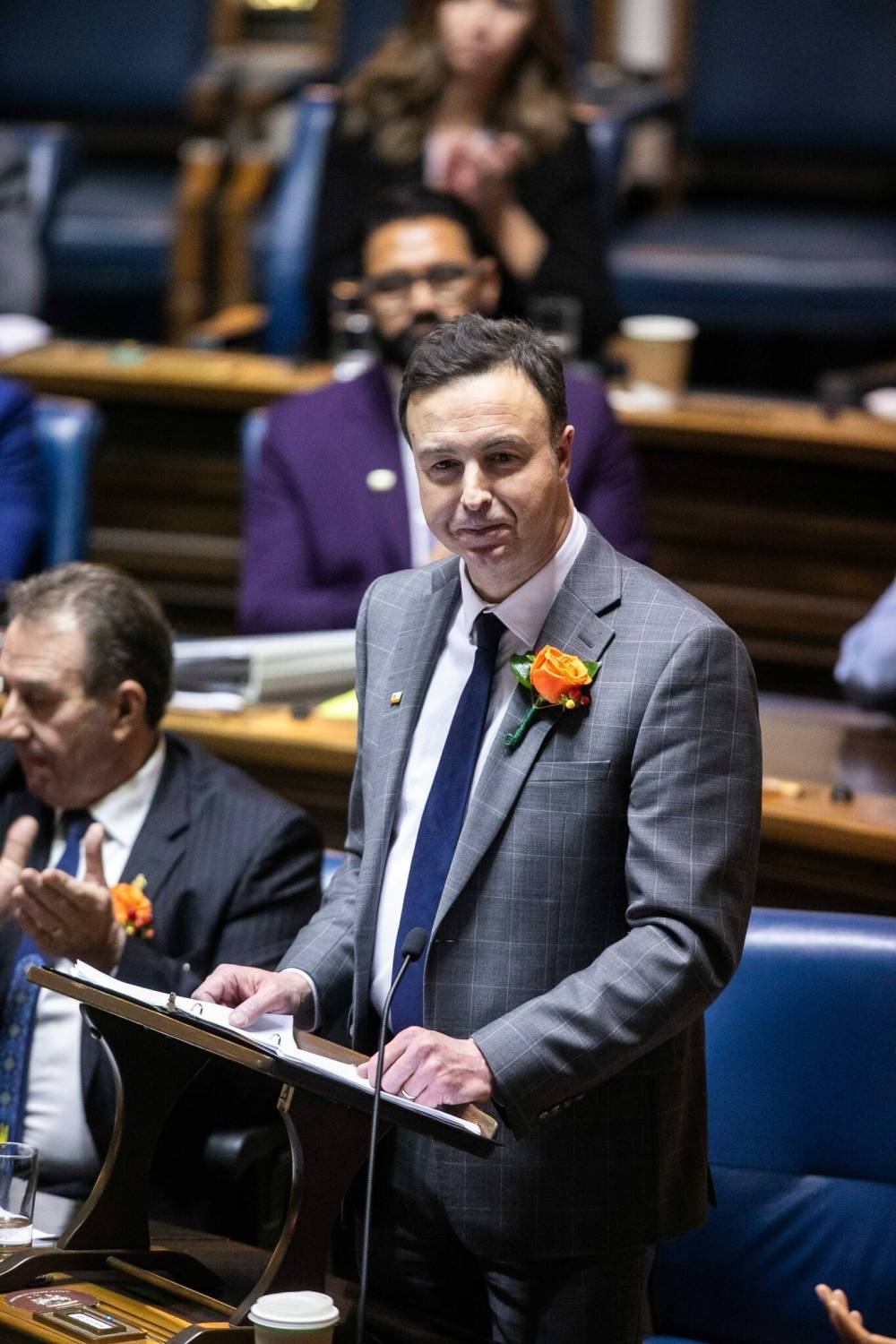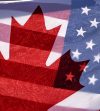Making the best of a chaotic year ahead
Advertisement
Read this article for free:
or
Already have an account? Log in here »
To continue reading, please subscribe:
Monthly Digital Subscription
$0 for the first 4 weeks*
- Enjoy unlimited reading on winnipegfreepress.com
- Read the E-Edition, our digital replica newspaper
- Access News Break, our award-winning app
- Play interactive puzzles
*No charge for 4 weeks then price increases to the regular rate of $19.00 plus GST every four weeks. Offer available to new and qualified returning subscribers only. Cancel any time.
Monthly Digital Subscription
$4.75/week*
- Enjoy unlimited reading on winnipegfreepress.com
- Read the E-Edition, our digital replica newspaper
- Access News Break, our award-winning app
- Play interactive puzzles
*Billed as $19 plus GST every four weeks. Cancel any time.
To continue reading, please subscribe:
Add Free Press access to your Brandon Sun subscription for only an additional
$1 for the first 4 weeks*
*Your next subscription payment will increase by $1.00 and you will be charged $16.99 plus GST for four weeks. After four weeks, your payment will increase to $23.99 plus GST every four weeks.
Read unlimited articles for free today:
or
Already have an account? Log in here »
Hey there, time traveller!
This article was published 26/03/2025 (221 days ago), so information in it may no longer be current.
Provincial budgets are never written in stone. They are, for the most part, projections of how much government expects to raise in taxation revenue, fees and transfer payments, and where it plans to spend that money.
Budgets are based on assumptions, including how much the economy is projected to grow and how it will affect taxation revenues. When those assumptions change throughout the fiscal year — and they usually do — governments typically adjust their spending levels and recalculate their projected deficits or surpluses.
This year’s provincial budget, tabled last week, is no exception. In fact, it will likely be more volatile than usual. With the threat of U.S. President Donald Trump’s tariffs on Canadian imports hanging over the heads of all provincial and federal governments, budget making in 2025 is practically a crapshoot.

MIKAELA MACKENZIE / FREE PRESS
Manitoba Finance Minister Adrien Sala
Should Trump make good on his plan to impose a 25 per cent tariff on Canadian goods starting April 2, most of the fiscal assumptions in the Kinew government’s budget — which includes a projected $794-million deficit — will be out the window.
Finance Minister Adrien Sala unveiled the NDP government’s second budget last Thursday. It includes large spending increases in health care, education and justice, as well as record infrastructure expenditures for roads, flood mitigation, schools and other projects.
Sala described the fiscal blueprint as “Trump-proofing” the economy. However, the budget’s own projections show Manitoba would experience a sharp economic downturn if the tariffs were applied, even with the province’s added supports. The budget isn’t so much a “Trump-proof” document as it is a “Trump-mitigating” one.
There are contingencies built into the budget, including supports for businesses and others affected by the potential tariffs. If Trump goes ahead with them, the provincial budget relies on a separate set of projections, including $1.1 billion in additional economic supports. Under that scenario, the province is forecasting a deficit of nearly $1.9 billion. But even those projections are on shaky ground.
The province predicts the U.S. tariffs would reduce Manitoba incomes by an average of $1,420 and result in a $1.4-billion reduction in trade. Manitoba’s manufacturing sector would likely be hit the hardest. The estimated 25,200 jobs in that sector represent almost half of export-based employment in the province.
Should the tariffs occur, the NDP government plans to introduce a supplementary appropriation bill in the legislative assembly to approve additional supports for business and others.
There are other uncertainties the province is facing that make budgeting difficult. It’s unclear, for example, how much support the federal government plans to provide Canadians and businesses should the tariffs proceed. It’s also unknown whether Ottawa plans to share with the provinces some of the tariff revenue it could raise from its own retaliatory levies expected on U.S. goods.
To add to the murky waters, this is all happening during a federal election campaign called by Prime Minister Mark Carney on Sunday that is too close to call. It’s unknown how a Liberal or Conservative government would manage the economy under Trump’s tariffs, beyond what party leaders promise voters during the campaign.
Meanwhile, Trump — as he’s done repeatedly since he was sworn in as president over two months ago — is once again musing about another delay in implementing the tariffs, or sparing certain sectors from the full amount. Or both.
Nobody knows.
All of which makes drafting a budget more topsy-turvy than usual.
It was prudent for the Kinew government to include contingencies in the budget to respond to possible tariffs. Whether the proposed supports are enough to offset the economic damage the levies would cause is anyone’s guess.
It may be the best any government can do right now.


